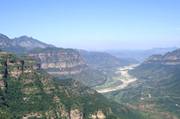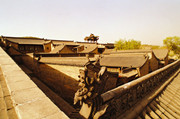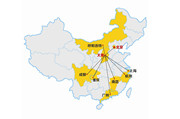Fonterra reveals plan for second China dairy farming hub
( Xinhua )
Updated: 2013-09-12
New Zealand dairy giant Fonterra is to launch a second farming hub in China and is looking for strategic partners in the development planned for Ying County, Shanxi Province.
The company, which was at the center of an international food scare last month after issuing a false alert over botulism contamination, said Wednesday that it had received "strong support " for its strategy to grow its Chinese interests from many levels of government in China.
The hub would comprise 3,000 cattle farms and was expected to be in production in the second half of 2014 and was the next step in the company's strategy to produce 1 billion liters of milk in China by 2020.
"This is a key part of our strategy to become a more integrated dairy business in China and to contribute to the growth and development of the local Chinese dairy industry. Having secured the right location in the Shanxi province we are now able to approach potential strategic partners," Fonterra president of Fonterra Greater China and India Kelvin Wickham said in a statement.
"Ying County provides an ideal environment for us to expand our farming operations due to its new agricultural zone, proximity to customers and the high quality supply of animal feed available in surrounding areas."
Fonterra would employ more than 500 people in Ying County, three quarter of them local employees.
"The second hub builds on our existing investment in Hebei Province and will help us to meet customer and consumer demand for high quality fresh milk in China," said Wickham.
"Raw milk supply growth in China has been around 2 percent over the past three years, but demand is growing at around 6-8 percent. So there are significant opportunities for Fonterra to help bridge this supply gap by growing our own domestic milk supply in China and continuing to import our high quality finished dairy products."
When fully operational, Fonterra's two hubs would together produce up to 300 million liters of milk per year.




